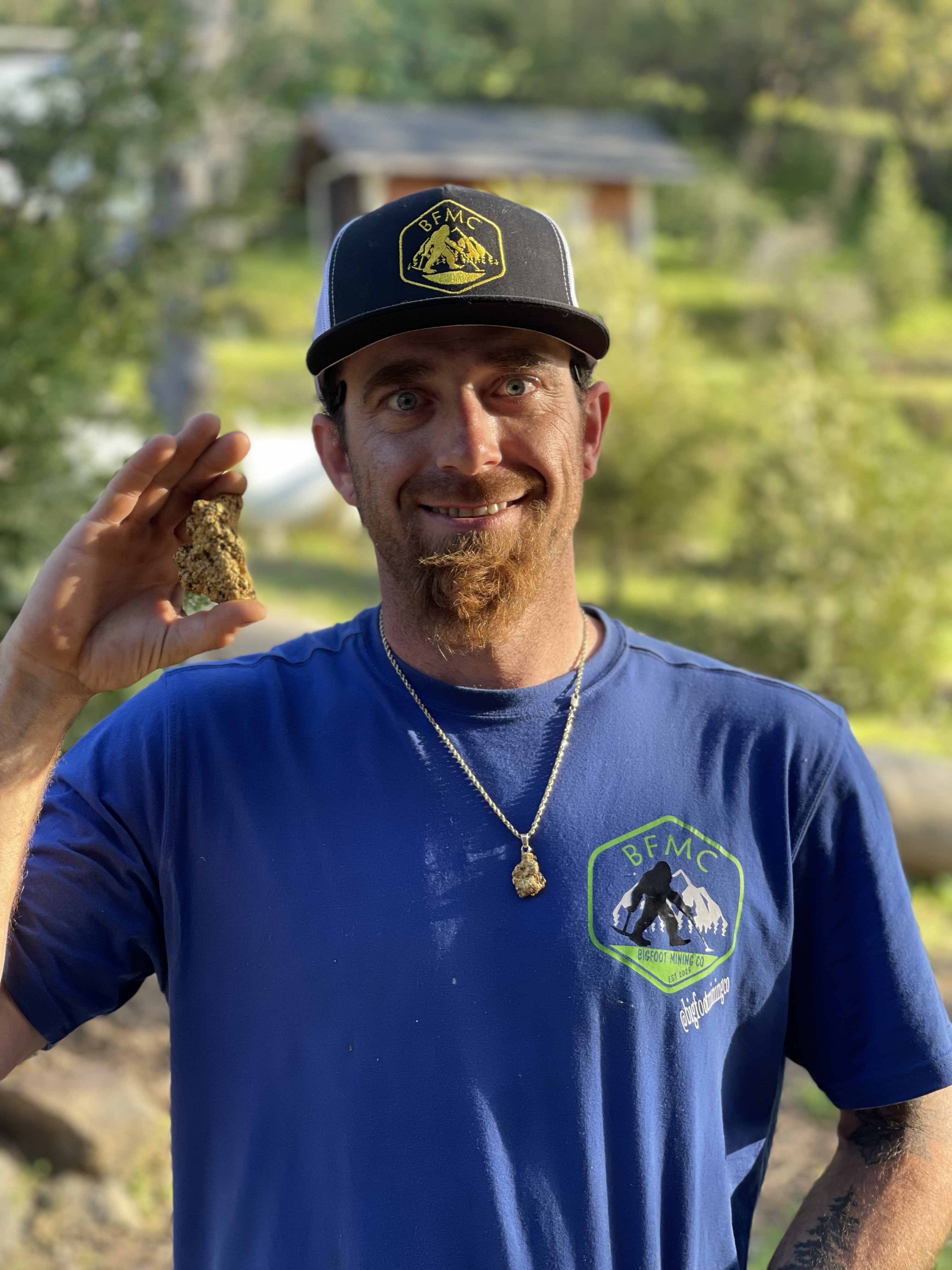Prospecting & Detecting
Hard Rock 101: Micro Blasting
July 2020 by John Norman
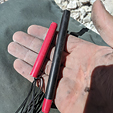 Micro blasting can be used to take down hanging rock, separate minerals from overburden, and collect gemstones and other high-value product with minimal damage.
Micro blasting can be used to take down hanging rock, separate minerals from overburden, and collect gemstones and other high-value product with minimal damage.
Back to Green Valley--With A Sluice
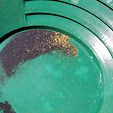 As I planned for my trips, I concentrated on how to lighten my pack yet still carry enough gear to make the trip productive and enjoyable.
As I planned for my trips, I concentrated on how to lighten my pack yet still carry enough gear to make the trip productive and enjoyable.
Pay Attention to the Features and Landmarks
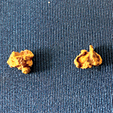 People always ask me what is so important about locating contact zones. The answer to that: Gold.
People always ask me what is so important about locating contact zones. The answer to that: Gold.
Tips and Tricks
I cleared the connector by poking a small Phillips screwdriver through it. To ensure the bore was clean, I dunked the connector into some water and then blew it clean with my shop air compressor.
Take a Kid Detecting
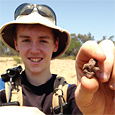 I thought things started off okay until I realized I had forgotten some of my gear and had to return to the house. My troubled start was not helped when my boy came up to me a few minutes after my return to show me his first nugget of the day.
I thought things started off okay until I realized I had forgotten some of my gear and had to return to the house. My troubled start was not helped when my boy came up to me a few minutes after my return to show me his first nugget of the day.
Over the Divide: Retta Atkins & Darren VanHouten
How to Upgrade Your Pocket Plunger
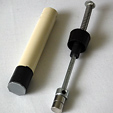 These three simple upgrades, when taken together, will considerably increase a pocket plunger’s magnetic pull and make it less susceptible to breakage.
These three simple upgrades, when taken together, will considerably increase a pocket plunger’s magnetic pull and make it less susceptible to breakage.
Subscription Required:
The Bawl Mill
• Ask The Experts - Can GPR be used for lode prospecting?
• Ask The Experts - How do I extract gold from pyrite?
• Ask The Experts - Should I dig faint sounds with no indicator bars while detecting?
• Ask The Experts - Should the detector sound on iron and nickel in a gold area?
• Sluicing and Detecting Downstream
• Tips and Tricks
• Gold Prospecting for Better or Worse: Does Caliche Grow?
• 10 Keys to Prospecting Like A Pro
• Polymetallic Skarn Deposits
• Practical Advice for Milling Hard Rock Ores
• Speed Prospecting for Hard Rock Gold
• Forrest Fenn Treasure Chest Finally Found?
• Melman on Gold & Silver
• Mining Stock Quotes and Mineral & Metal Prices

